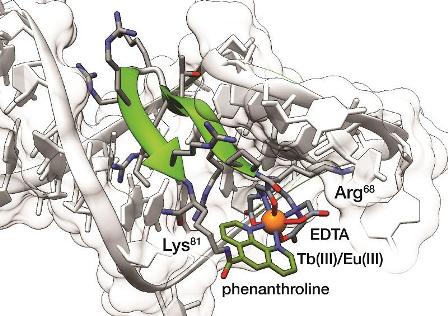In a recent paper published by Chemical Science, CiQUS research group led by professors Mascareñas-López-Vázquez has described a new method for detecting a natively folded RNA hairpin (TAR). The strategy is based on the modification of a viral protein with a luminescent lanthanide ion. The folding of the protein upon binding to the RNA results in increased emission and selective detection of the target TAR RNA.
The development of new methods for the specific detection of biomolecules is a topic of high relevance in chemical biology because its potential impact in diagnostic. Last years RNA has progressively been recognized as a key player but, however, despite its importance, there are very few methods for the detection of RNA. Moreover, most of these methods require de denaturation of the folded RNA molecules.
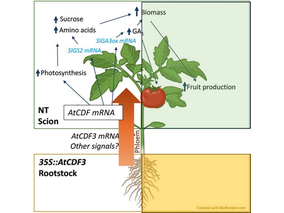
AtCDF3 gene induced greater production of sugars a...
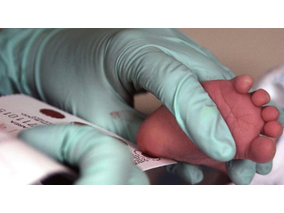
Un estudio con datos de los últimos 35 años, ind...
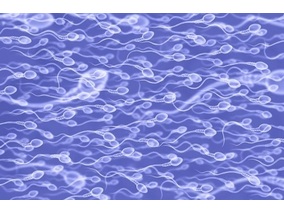
Un equipo de investigadores de la Universidad Juli...
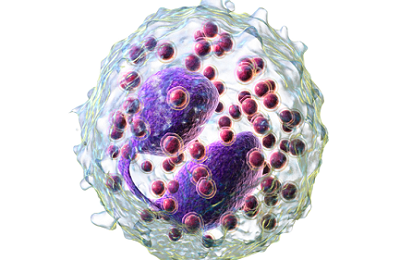
En nuestro post hablamos sobre este interesante tipo de célula del...

It has been examined whether atherosclerosis can be avoided in HGPSrev...
Biotechnology portal in Spain
Subscribe to our newsletter and stay up to date with the latest news and deals!
2013 © Biotech-Spain.com - Site Developments SL. All Rights Reserved. Terms of Service | Privacy Policy
Articles
Directory
